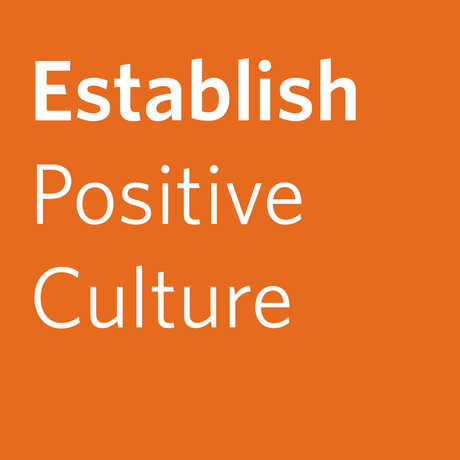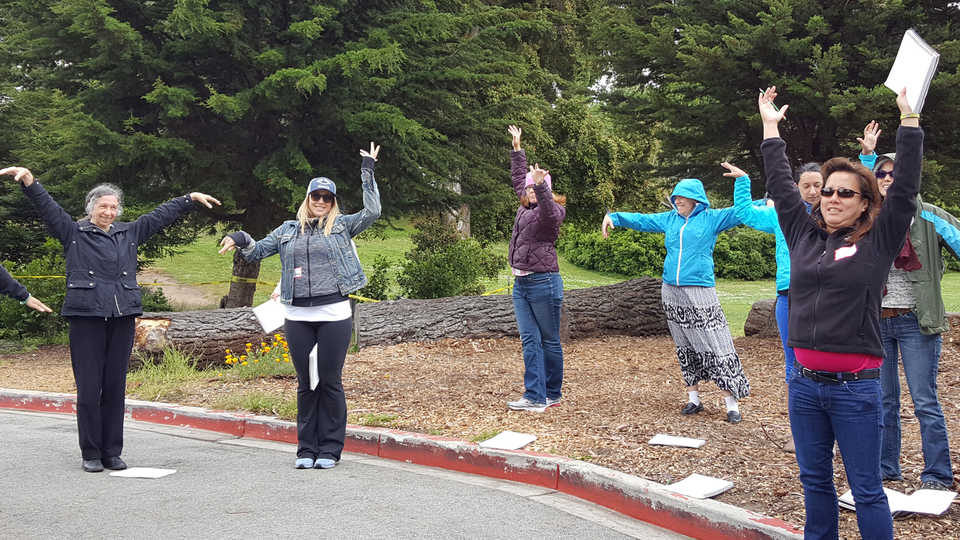
How can these brief activities engage and focus adult participants? Download the attached article or continue reading below.

When you are the facilitator, the responsibility of focusing everyone’s attention on the session’s topic and setting the tone for the professional development (PD) starts as soon as the first participant walks through the door. Before you dive into the session’s content, you need to give participants an opportunity to fully transition into the proper headspace to ensure that they are primed for what lies ahead. There will also be points during the session where participants need to take a break in order to refocus before continuing their work. Icebreakers and energizers, respectively, help you meet these needs.
Icebreakers and energizers are brief activities that involve some mingling among the participants in a PD. Icebreakers are typically done at the beginning of a session and energizers are most effective when an energy boost is needed. In general, icebreakers and energizers:
Even if your participants are part of an established community of learners or know one another well, icebreakers and energizers are valuable because they grab and focus (or refocus) participants’ attention. Often, facilitators try to launch into the session’s main activities before they have participants’ full attention. This partial attention can become a hurdle later when addressing difficult topics or participating in shared learning (Garmston and Wellman, 2013).
These activities also set a positive tone for learning. Allowing participants to chat and connect with one another sends the message that the balance of talk in the session will fall mostly with them, rather than with the facilitator. It also demonstrates that participants’ ideas and voices are valuable in the PD. Also, giving participants a fun, positive experience will help to establish community and promote bonding so participants will be more comfortable working together.
The basics of icebreakers and energizers are summarized below.
In order for adults to fully engage with an activity or to participate in collaborative group work, they must know the goal or the reasoning behind it (Knowles, 1996). Thus, as a facilitator, it is important to clearly state the goal of the activity before giving any instructions. We call this strategy the “why before the what.” When you share the “why” of the activity (e.g.; “The goal of this icebreaker is to get you talking to one another because you’ll be working together in the next activity…”), adults are much more willing to participate. If the purpose is unclear, they will have a hard time accepting the instructions and will quickly drift away from the task. This is especially important to keep in mind when facilitating icebreakers and energizers because participants might perceive these as “filler” or “extra” activities.
On our website, you will find individual lesson plans for our favorite icebreakers and energizers. We have sourced these from our team’s collective knowledge of the larger education community. Although we didn’t create these activities, we have honed each of them to be extremely effective and enjoyable. The activities we list in Icebreakers and Energizers Resources are a representative sample, and you can find many others by searching the internet. We encourage you to try these out, and to explore more on your own, to determine what works best for your audience.